
#1 – Looks Great in your Hands
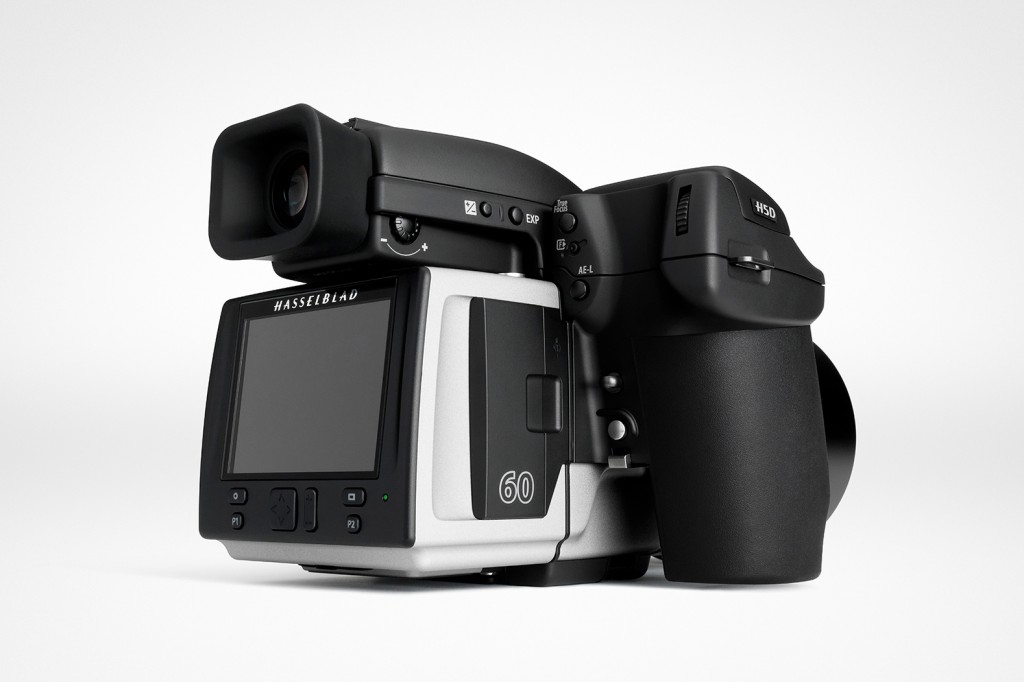
Looking Good!
The Hasselblad H5D camera doesn’t look like your client’s Canon or Nikon. This is nothing but a plus. The fact that Hasselblad raised the bar with the H5D and the Apple MacBook Pro-inspired styling only makes this better. Though not a requirement, many photographers like to shoot with cameras that are esthetically pleasing from a design standpoint. And what’s wrong with that? The H5D meets that criteria better than almost any other professional camera on the market.
#2 – Great Lens Lineup
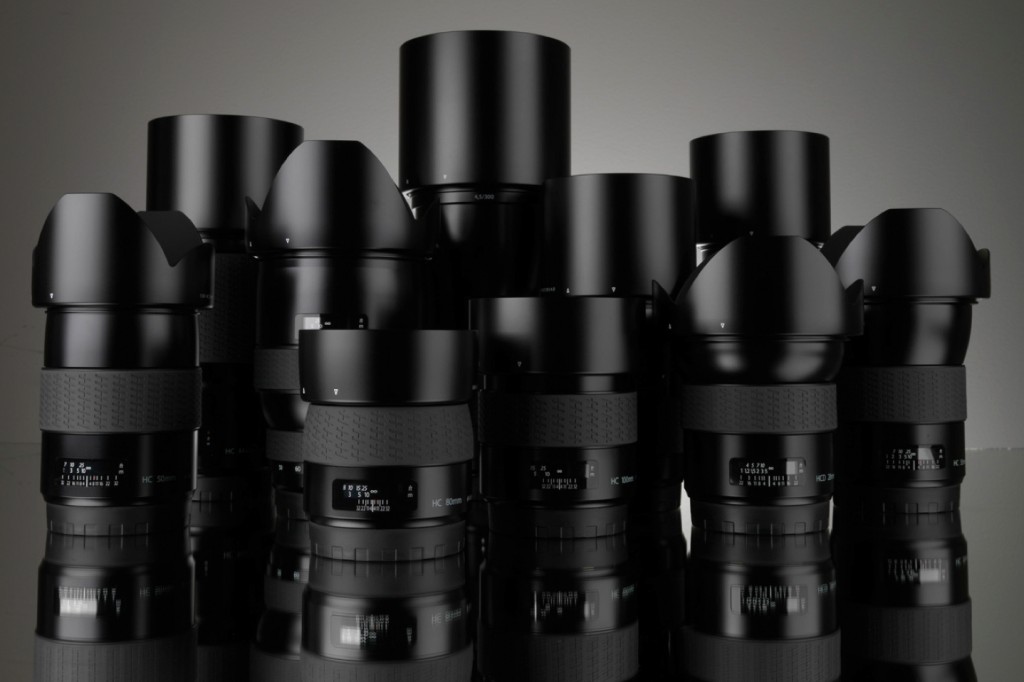
Great Lenses
With an outstanding lineup of 12 Leaf Shutter lenses ranging from 24mm to 300mm, the H5D offers more fast syncing lens choices than any other system. The 24mm is a groundbreaking new optic, a 15mm equivalent that rivals/exceeds the sharpness edge to edge of the previous 28mm/35mm lenses. Beginning with the H1D, we find that 5 generations later with the launch of the H5D, Hasselblad has continuously added even more hardware accessories, features and subtle improvements that add up to a great shooting experience.
#3 – Great System Accessories
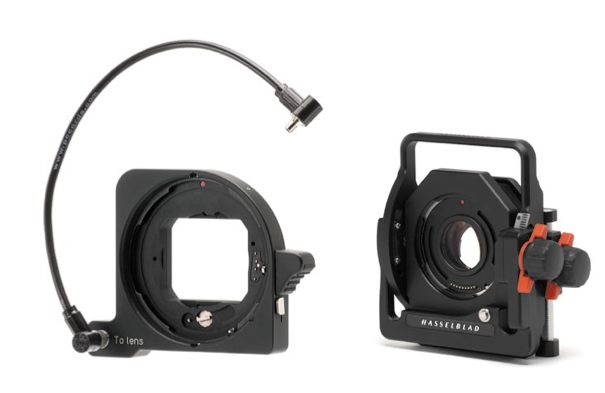
CF Adapter & HTS 1.5 T/S
What accessories does Hasselblad offer for the H5D system?
*Option of 90º Prism finder or Waist Level Finder
*HTS 1.5 Adapter for tilt and shift with all lenses from 24mm – 100mm. While there is a 1.5x focal length increase, this still allows you to shoot with a tilt/shift 36mm lens with an H5D-60 for landscape/architectural or with a 120mm/150mm (with the 80mm/100mm) for tabletop photography.
*Macro Wide Converter, which provides macro ability with wider lenses, similar to an extension tube, but with far superior performance.
*CF Adapter to use CF lenses from the Hassleblad V System on the H5D.
*Hasselblad GPS unit embeds GPS coordinates automatically into the metadata. Double click a GPS-embedded image in Phocus software and Google Earth automatically opens to show where that image was taken.
*1.7X HC Lens Converter – when combined with the 300mm HC Lens, you’re potentially shooting with a 510mm focal length (328mm 35mm equivalent) with 60 megapixels.
#4 – DAC (Digital Lens Corrections)
DAC stands for Digital Lens Correction. When you shoot with an H5D, instances of distortion, chromatic aberrations and vignetting are automatically corrected perfectly. This is a truly objective mapped process, rather than a manual subjective one. This means the corrections are perfect, which has dramatic ramifications for pin registered capture sequences, architectural photography and more.
#5 – True Focus, Version II
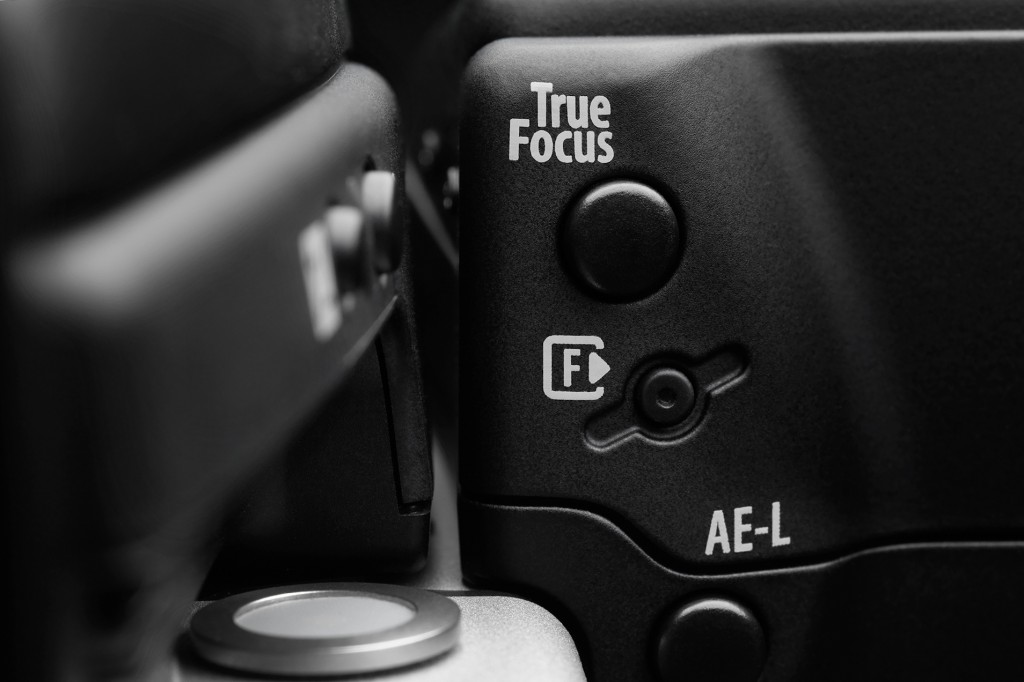
Focus Better with This
Focusing a camera is a tricky thing. Especially when you’re dealing with 40/50/60 megapixels. Hasselblad contributes to your successful focus realizations by providing the largest, brightest, most beautiful viewfinder for any 645 camera system. If you’ve been daunted by manually focusing a 35mm camera, you might want to take a peek through an H5D viewfinder.
For auto focusing, Hasselblad has developed True Focus. True Focus incorporates yaw rate sensor technology to measure angular velocity via the internal (APL) Absolute Position Lock processor found on H4D/H5D cameras. It is then able to correct for vertical and horizontal focus shift that results from recomposing a camera focused on the viewfinder’s center focus point. The H5D provides True Focus II, which builds on True Focus by adding the ability to automatically compensate for lens curvature.
#6 – H4D-40 for $12,995 (For a Limited Time)
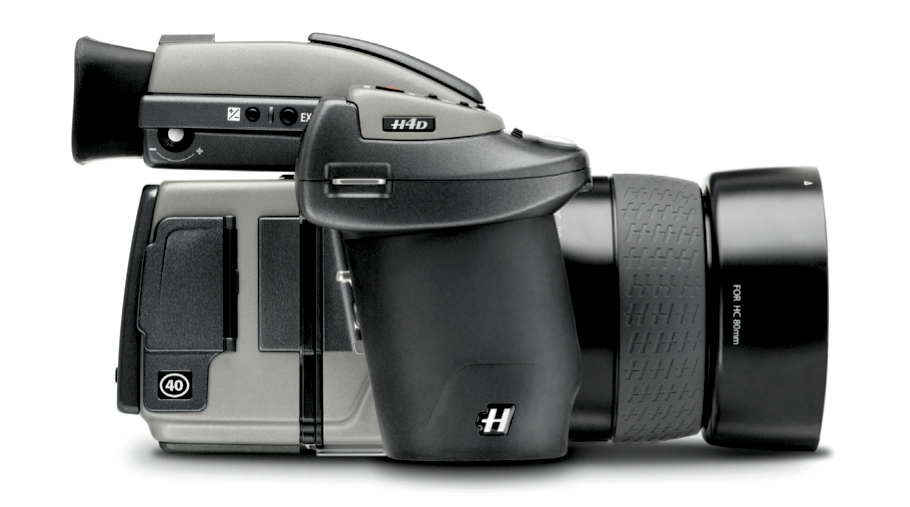
The Hasselblad H4D-40
The H4D-40 is one of my favorite Hasselblad products. It is uniquely positioned to allow a photographer to produce high quality images with great detail and accurate colors in a variety of situations. While most medium format digital products shine with an abundance of light and are typically at their best in the 50-200 ISO range, the H4D-40 is the highest resolution digital camera on the market that allows usable, low noise captures at ISO 800 and even higher. The fact it also produces excellent image quality at those same low ISO ratings of 50-200 is just the icing. Adding to the versatility is the fact you can produce low noise, long exposures up to 4 minutes.
#7 – Some of my favorite “little” things…
I firmly believe that many products are similar in the big features and the little features make up the basis for your preference. These are some of my favorite Hasselblad H features that are important but are often overlooked:
*Pre-set mirror delay – You can set a 25ms to 200ms delay for the mirror. This contributes to images with less vibration
*Mirror stays up – When the mirror is raised, it remains up for continuous captures until instructed to come back down.
*Immediate Focus Confirmation – Press and hold the zoom button, and the image is zoomed 100% to the actual focus point. No need to zoom and then scroll around if you had recomposed (H5D).
*One battery powers the entire camera
*Tethered Live View Workflow – use Live View shooting tethered, with full control over camera exposure, mirror lock-up, and lens focusing, all from the Phocus software. A great reproduction workflow.
*Control of Custom Kelvin Settings In-Camera (don’t have to rely on generic Daylight/Tungsten settings, etc)
#8 – Multi-Shot Capture
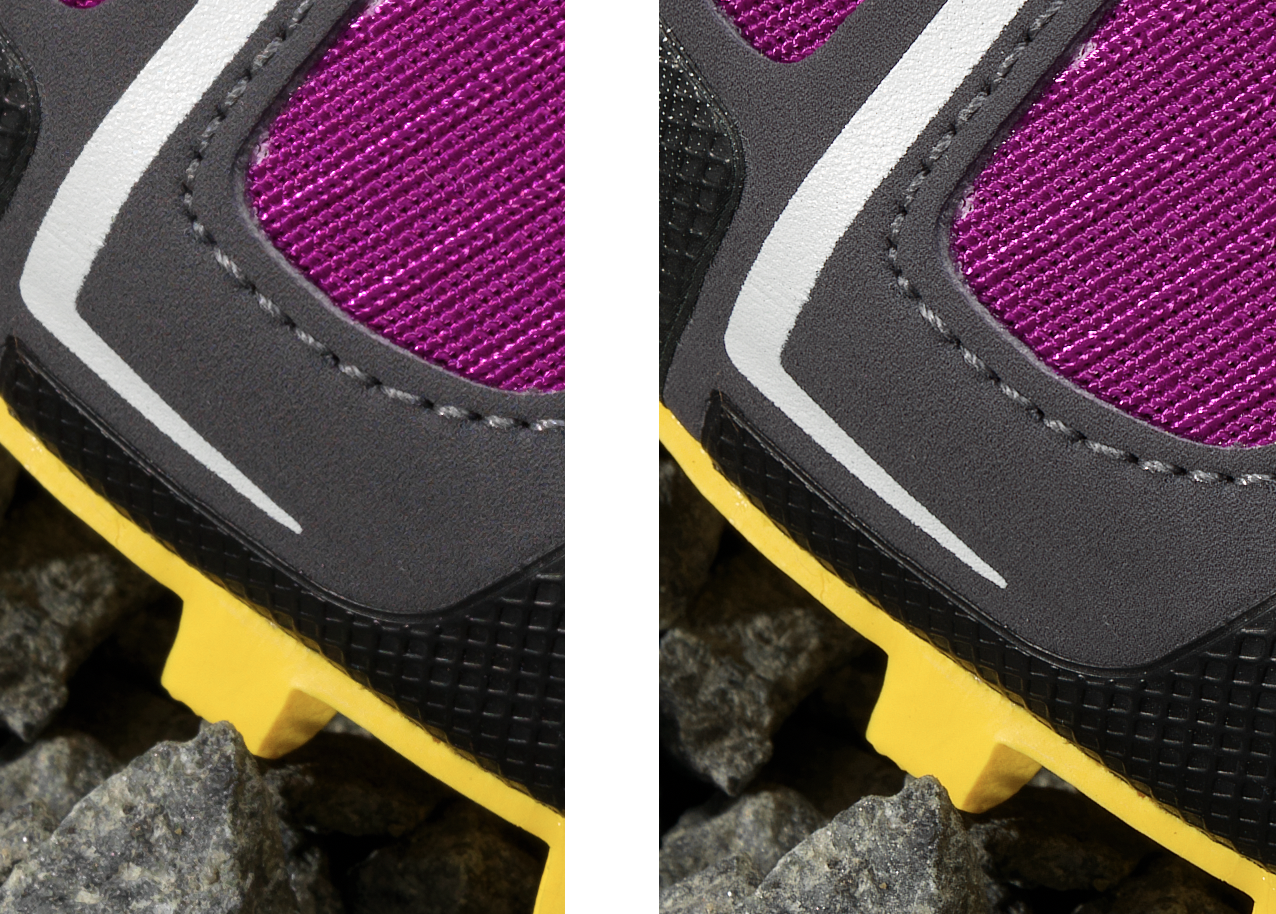
H4D-50 Single vs Multi-Shot Capture
In the early days of medium format digital capture, the only options for color were multi-shot capture devices, taking 3, 4, or even 16 captures to create a single high quality RGB image. Eventually, single shot RGB capability was developed, but the quality was nowhere near the multi-shot captures. Today, even with digital backs continuing to add megapixels – 50mp, 60mp, 80mp, and more to come – multi-shot capture still has an image quality advantage.
While single shot RGB captures must interpolate colors to develop an RGB file, multi-shot captures make a complete RGB color channel capture (typically Red/Green/Blue/Green), then compile all the color data into a single file. The result is significantly lower evidence of aliasing, especially along straight lines or rounded edges, increased color accuracy, and virtual elimination of moire and color artifacts.
#9 – Hasselblad H5D Enhancements
Many decried no revolutionary new features with the H5D. I would propose that the combination of many positive evolutionary features makes the H5D a worthy upgrade:
*True Focus II – adds knowledge of and compensation for lens curvature
*In-Camera JPG – provides 10MP/12MP/15MP JPG for H4D-40/50/60 In-Camera
*New Buttons & Top LED Display – improved ergonomically and better weather/dust sealing
*Enhanced Style & Look – I like it, it reminds me of the Retina model MBP. To me, it looks Apple inspired, a very good thing.
*Immediate Focus Confirmation – zoom 100% with one press to the exact point of focus without scrolling.
*New Battery Grip – more ergonomic, roughly same power output on H5D as on previous models, but provides 50% more power on previous HxD models
*New reinforced CF Card Door – much more secure and firm.
*New secure locking firewire port – reinforced, more secure, less stress on connector.
*New GUI for LCD & LED Interfaces – allows further control of LCD from the LED interface.
*Dedicated Profiles Button – upload and share custom user work-sets from camera to camera
#10 – Hasselblad Flextight Scanners
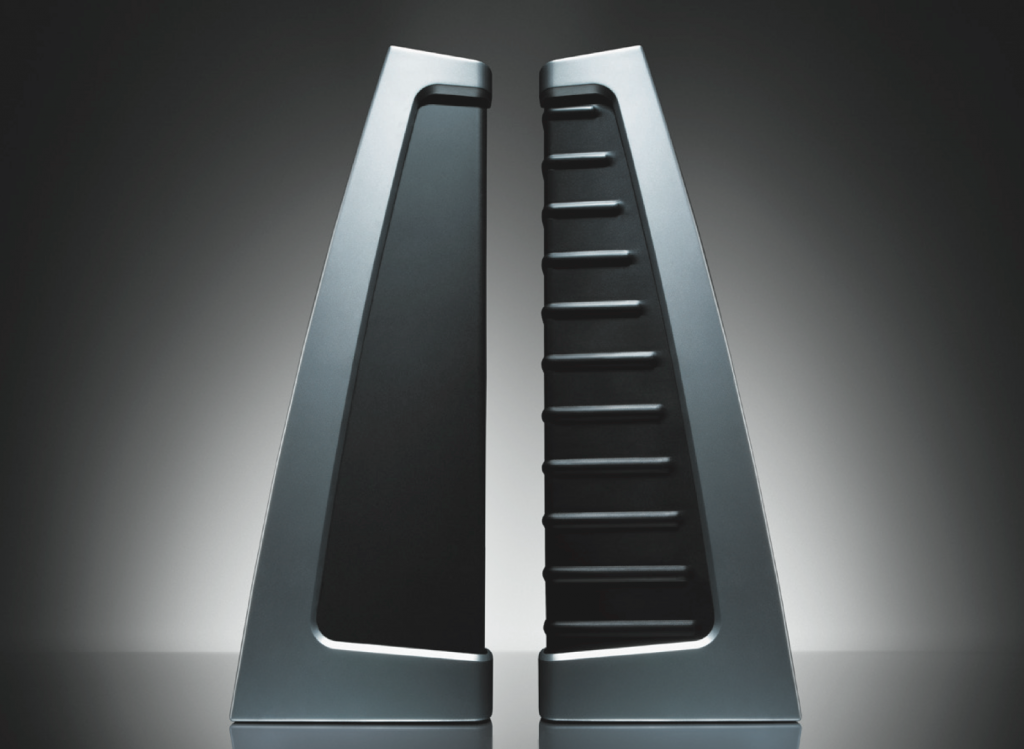
Twin Towers of Scanning Power
Maybe a bit of a stretch, but for those who are shooting with an H1 or H2 camera, film is still an option. And so, it is easy to forget that when Imacon merged with Hasselbad the renowned Imacon Flextight Scanners continued under the Hasselblad name. These scanners revolutionized film digitization and brought high quality, affordable and easy film scanning into the hands of the photographers themselves. Despite the rapid adoption and development of digital capture solutions, film is still shot by many, and legacy film collections still need digitizing. The need still exists for a film scanning solution for the market. There does not exist a more productive, cost efficient product that combines the quality of a drum scanner at the level the Hasselblad Flextight X1 and X5 scanners offer.